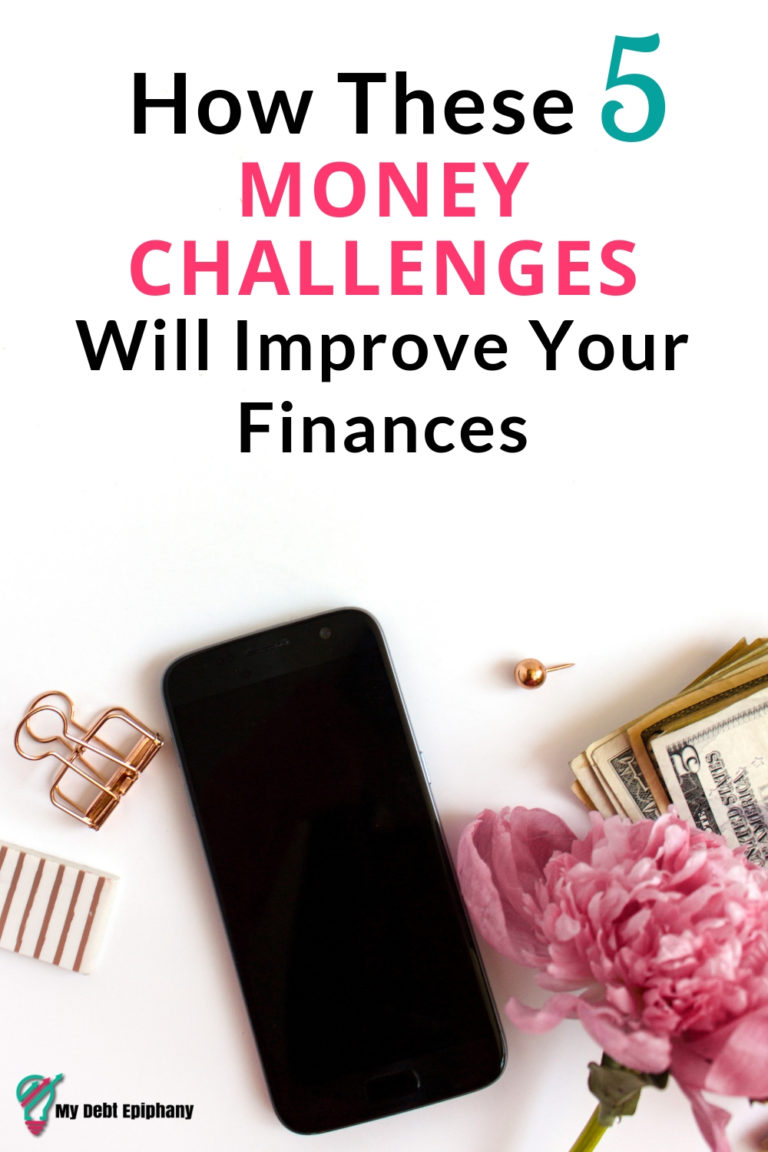What Debt Should You Take Care of First?
You don’t have one debt to pay back. That would be simple. You have student loans, car loans, credit cards, lines of credit, a mortgage, unpaid utility bills, and more. It’s a lot to handle.
If you want to get a better handle on your personal finances, you should read this and learn about what debts you should take care of first. Learning to prioritize the right items will help you improve your repayment strategy.
What Is Debt Management?
Debt management is the careful prioritizing, budgeting, and tracking of your debts. Without debt management strategies, you might have trouble covering those debts on-time and shaving down high balances.
If your debt load is very big and you’re worried that you’re insolvent — unable to feasibly pay off your debts — then you should get professional help. A licensed insolvency trustee deals with insolvent people looking to get back on their feet. They can take a look at your financial situation to see if you need to sign onto solutions like credit counseling, consumer proposals or personal bankruptcy. You should click here to learn more about debt management and debt relief options that are available to people struggling with insolvency. The information could change your life.
If you’re not insolvent and you want to manage your debts on your own, you can totally do that as well! In fact, that’s exactly what I did.
Related: Reflections on Paying Off My Student Loans In Less Than 3 Years
How My Husband and I Paid Off $14,354.81 of Debt This Year
You should take a look at these three methods for prioritizing your debts. They will help you organize your budget and catch up on payments.
Prioritize by the Stakes
Not all debts are created equal. Missing your phone bill will not carry the same consequences as missing a mortgage payment.
You should examine your budget and determine what debts carry the most consequence when it comes to repayments. Ask yourself the following questions:
- What type of debt is it? Revolving? Installment? Secured? Unsecured?
- Is there any wiggle room for late payments?
- Do the creditors accept minimum payments or partial payments?
- What are the penalties for improper payments? Late fees? Cutting off services? Repossessing the asset?
- Will missed payments dramatically affect your day-to-day life?
The answers to these questions will show you what debts need to be given top priority in your budget. If you don’t have enough room in the budget to take care of your low-priority bills, you can be comforted by the fact that the consequences are small. It’s better to deal with a little inconvenience than a huge setback.
Prioritize By Balance
Another factor that you should consider when you’re managing debts is balance. This is especially useful if you have multiple credit cards to pay off.
You should make the card with the largest balance top priority. Tackling this card can feel counterintuitive because you know that you can deal with the one with the lowest balance much faster. Won’t that take a burden off of your shoulders? No. You should take care of the largest balance first because it has the greatest potential to grow and the highest risk of reaching its limit.
You don’t want to hit your limit and max out your card. A maxed-out card leaves you no credit to use for essential purchases or emergencies. It can raise the cost of your minimum payment. It can lower your credit score. And, most importantly, it will be hard to pay down.
It’s better to chip away at the mountain than the molehill.
Prioritize By the Interest Rate
An interest rate is a percentage of the principal (the loan amount) charged by the lender, often to encourage the user to make their repayments on-time. This interest rate gives your debt the potential to grow. The longer that you take to make those payments, the bigger the debt will get.
This is why applying for a payday loan is so risky. Payday loans are notorious for their steep interest rates, especially when you compare them to interest rates for the average credit card or line of credit that you can get through your bank. The average payday loan’s annual interest rate is 442% — compare this to an 8% interest rate on a line of credit or a 23% interest rate on a credit card.
The sky-high interest rates make the repayment plans for payday loans balloon very quickly. If you’re not careful, a simple $100 loan can eventually cost you thousands and take you years to settle. Look at this story of a man whose $1,400 payday loan took 3 years to pay off and then still cost him an estimated $10,000 in interest. When it comes to debt-relief strategies, you should steer clear of the payday loan if you can help it. Almost any other lending option will be safer.
As you can see, a high-interest rate can land you into deep financial trouble if you don’t get control over it. If you have any high-interest loans to take care of, you need to give them priority over loans with lower interest rates. Low-interest loans will grow slowly, which makes them a lot easier to maintain and repay in the future.
Debt management isn’t about wiping away every outstanding balance as soon as possible. That’s an unrealistic goal for anyone to set for themselves. Instead, look at debt management as a way to get control over your finances and to feel comfortable about repayments. It’s about making life a little easier.
Stop Worrying About Money and Regain Control

Join 5,000+ others to get access to free printables to help you manage your monthly bills, reduce expenses, pay off debt, and more. Receive just two emails per month with exclusive content to help you on your journey.








